Lung illness remains top local, global health scourge
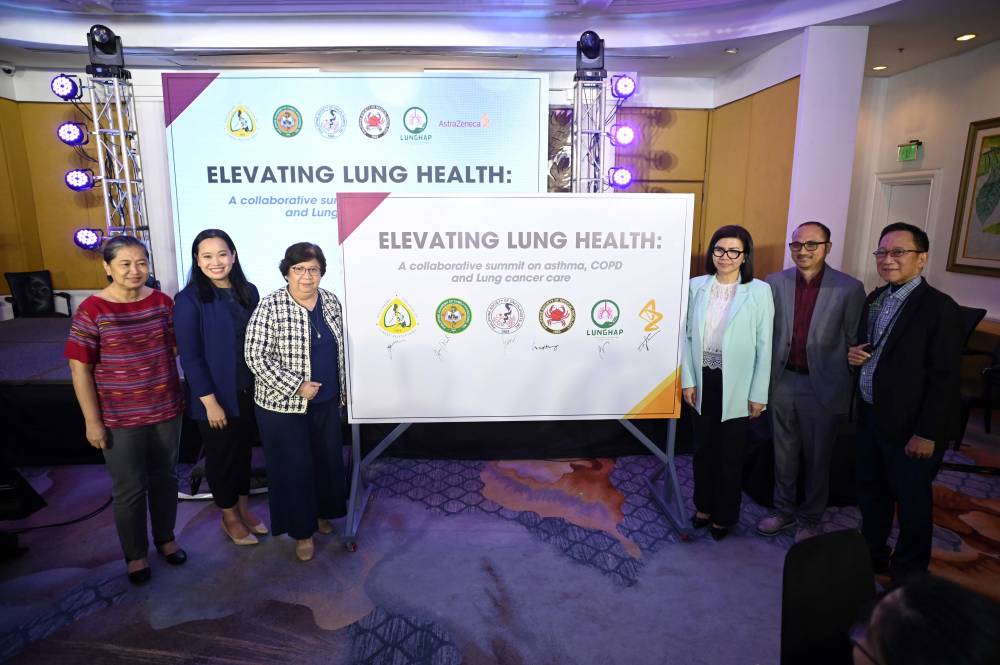
After surviving two severe asthma attacks that required confinement in the intensive care unit, Armando A. Agasin felt lucky to have been given an “extension” by God. The 69-year-old now uses much of his extended life spreading awareness on asthma and its proper management.
“Before, I didn’t know how to control and manage my condition,” he recalled in his speech in Filipino. He was a speaker at “Elevating Lung Health: A collaborative summit on asthma, COPD and lung cancer care,” held on Jan. 15.
“I would just have a check-up,” added the longtime patient at the Lung Center of the Philippines (LCP). “I even missed appointments. I’d only take medicines when I’d experience symptoms, like shortness of breath.”
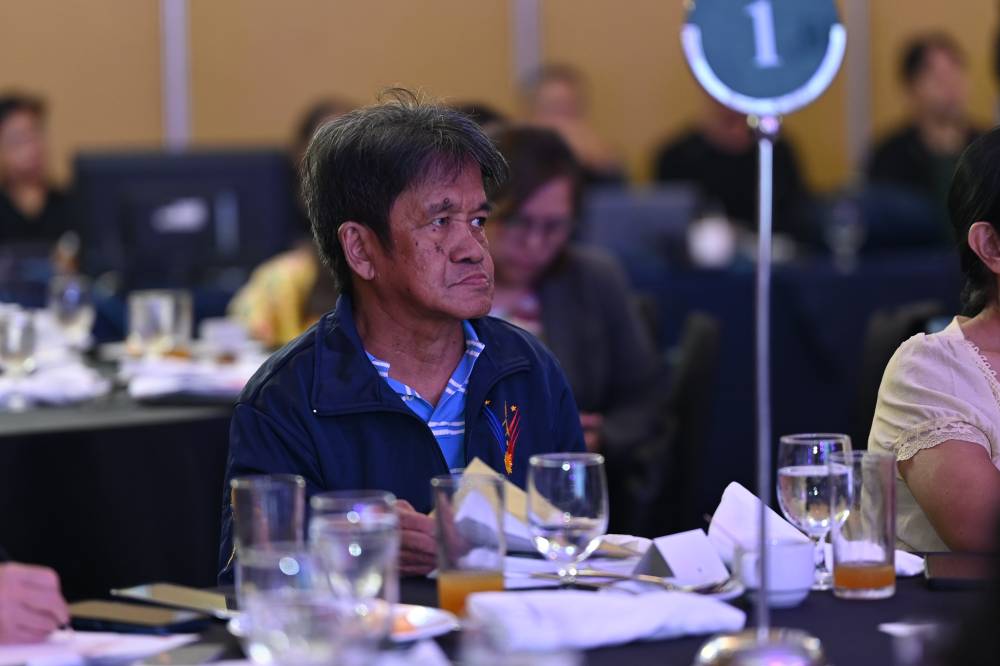
Then Agasin signed up with the LCP Asthma Club and became an active member of the support group that, according to its website, was “established to educate asthmatics and provide assistance in their needs.”
“I’ve realized that it’s important to have knowledge in the concept and management of asthma. Now, it’s been a long time since I had an asthma attack. I give credit to the lessons I’ve learned from the asthma support group,” said Agasin.
Global concern
Aside from asthma, the other leading noncommunicable lung diseases are COPD—or chronic obstructive pulmonary disease—and lung cancer. Thus, the creation of the lung health summit that brought together patients, health-care professionals, and support groups.
“We share a common purpose to advance lung health and improve outcomes for individuals living with asthma, COPD, and lung cancer,” said Dr. Cyril Joseph Tolosa, medical affairs director of the pharmaceutical company AstraZeneca Philippines, which organized the event.
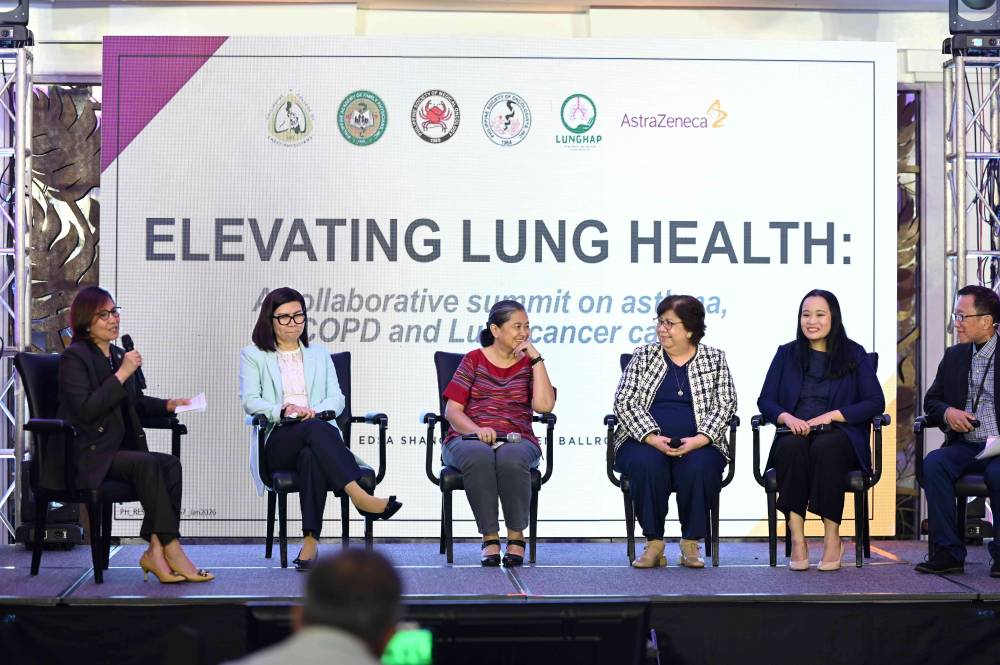
“These lung diseases continue to pose a significant global health challenge. With millions of lives impacted every day, there are burdens that often go beyond physical symptoms. It affects their emotional well-being, as well as their families and communities.”
Dr. Ma. Janeth T. Samson said in her talk at the summit that about 14 percent of the adult population in the Philippines has asthma. The disease claims 2.13 percent of the annual total deaths in the country.
She added that the overall prevalence of COPD among Filipinos is 20.8 percent, with male patients outnumbering their female counterparts by almost 10 percent.
Lung cancer, on the other hand, is second only to breast cancer as the most common type of cancer. But it takes first place as the most common cause of cancer-specific mortality in the Philippines and worldwide, making it the deadliest among all types of cancer.
Causes and challenges
Samson, current president of the Philippine College of Chest Physicians and head of the Institute of Pulmonary Medicine at St. Luke’s Medical Center, Quezon City, led a panel discussion to dig deeper into the three lung diseases. She and fellow doctors Josefina S. Isidro-Lapeña, Chita I. Nazal-Matunog, and Herdee Glorianne C. Luna discussed the causes and challenges while presenting recommendations. Throat cancer survivor and advocate Emer Rojas provided the patient’s point of view.
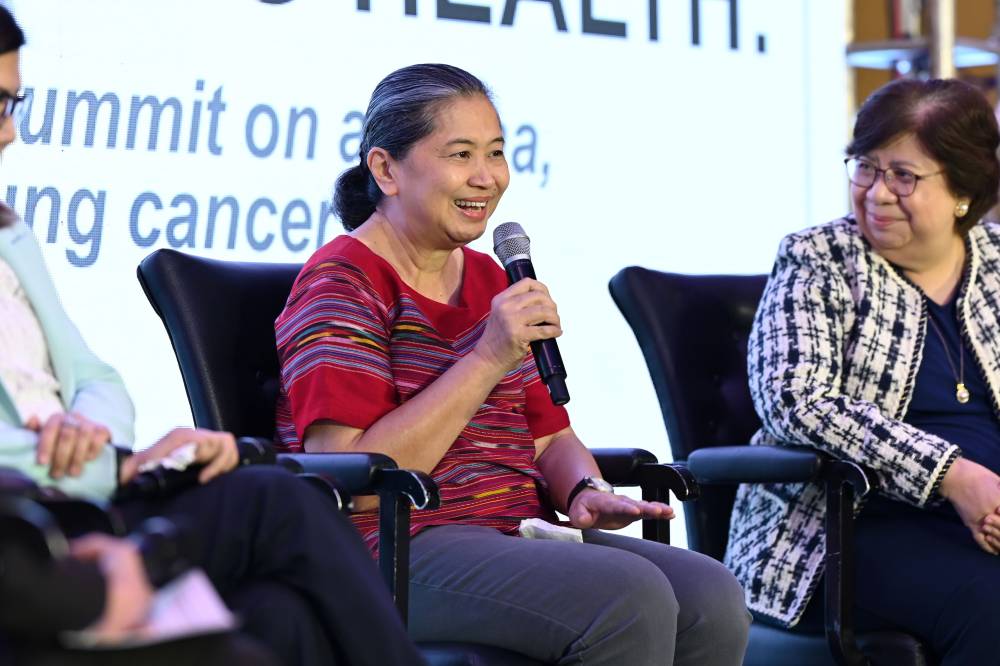
They agreed that many hospitals lack the facilities for testing and the expertise to evaluate the tests. Provincial hospitals, for instance, have to send specimen to Metro Manila, said Nazal-Matunog, current president of the Philippine Society of Medical Oncology and head of Department of Health-Davao Cancer Registry.
They stressed that government support is badly needed. As explained by Luna, a past president of Philippine Society of Oncologists and current research head of National Kidney and Transplant Institute Section of Medical Oncology, “Patients can be easily educated about their health, but they face social determinants. They can’t afford the tests and treatment.”
Isidro-Lapeña, current president of the Philippine Academy of Family Physicians, added that while patient-centered practice is a must, patients and doctors should also be “on the same page” as they both work for the proper and effective treatment. She also said that community activities are equally important and helpful.
Prevention is key
“Smoking remains the number one risk factor,” Samson said, “whether it’s COPD, asthma, and most especially if it’s lung cancer. A lot of people are into vaping. We have not quantified the effects. But we know that’s there’s a rise.”
Concurring, Nazal-Matunog offered, “Smoking is the cause of 85 to 90 percent of lung cancer. There should be screening guidelines with high-risk patients. High risk means having a smoking history of more than 30 years, and with ages from 50 to 75 years old.”
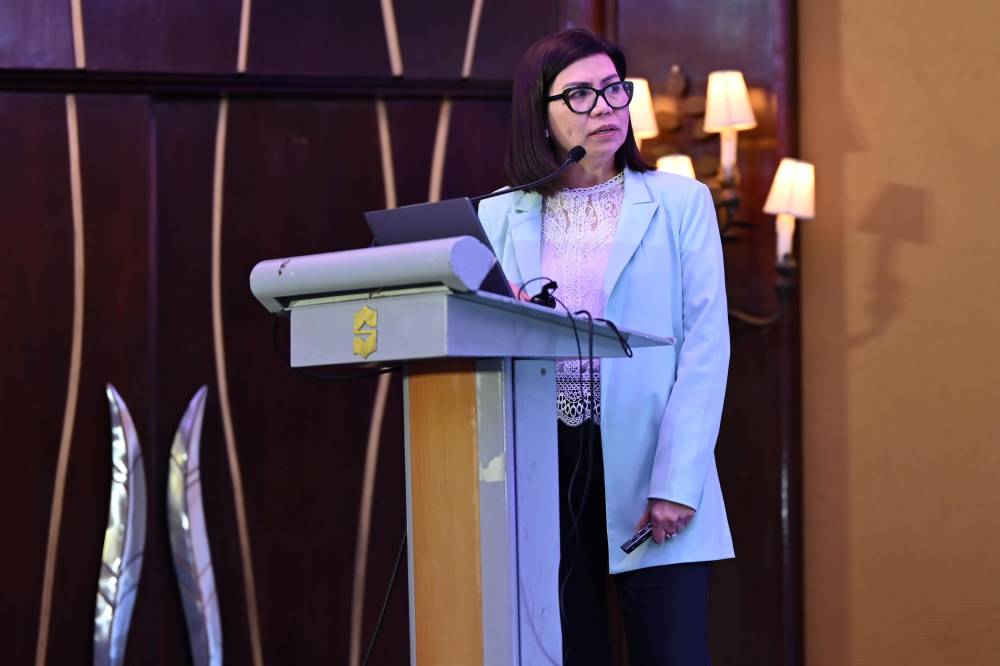
There has been a rise in lung cancer patients who are nonsmokers. “So if we limit the guidelines to those who are smokers, we will miss about 30 percent of lung cancer patients who are never smokers. These nonsmokers are probably exposed to other factors, like second-hand smoke and indoor pollution. These can be mothers cooking at home using wood,” said Nazal-Matunog.
Samson agreed. “There should be education in the use of biomass fuel. Chefs are more predisposed to this.”
Other occupational hazards affect those who work at salons and textile factories, who are exposed to a lot of chemicals. The same goes for coal miners. Those who have a family history of lung diseases are also considered at risk.
“We should develop our national screening program,” Nazal-Matunog said, as Luna suggested. “Everybody should be an ambassador for a healthy lifestyle. We could be saving somebody else’s life.”
The panel moderator, Dr. Anna Guia O. Limpoco, closed the session by declaring, “This is really a call to action.”
The next step, Tolosa said, is putting all ideas gathered at the summit to come up with solutions or action plans for overall lung health in the country.

















